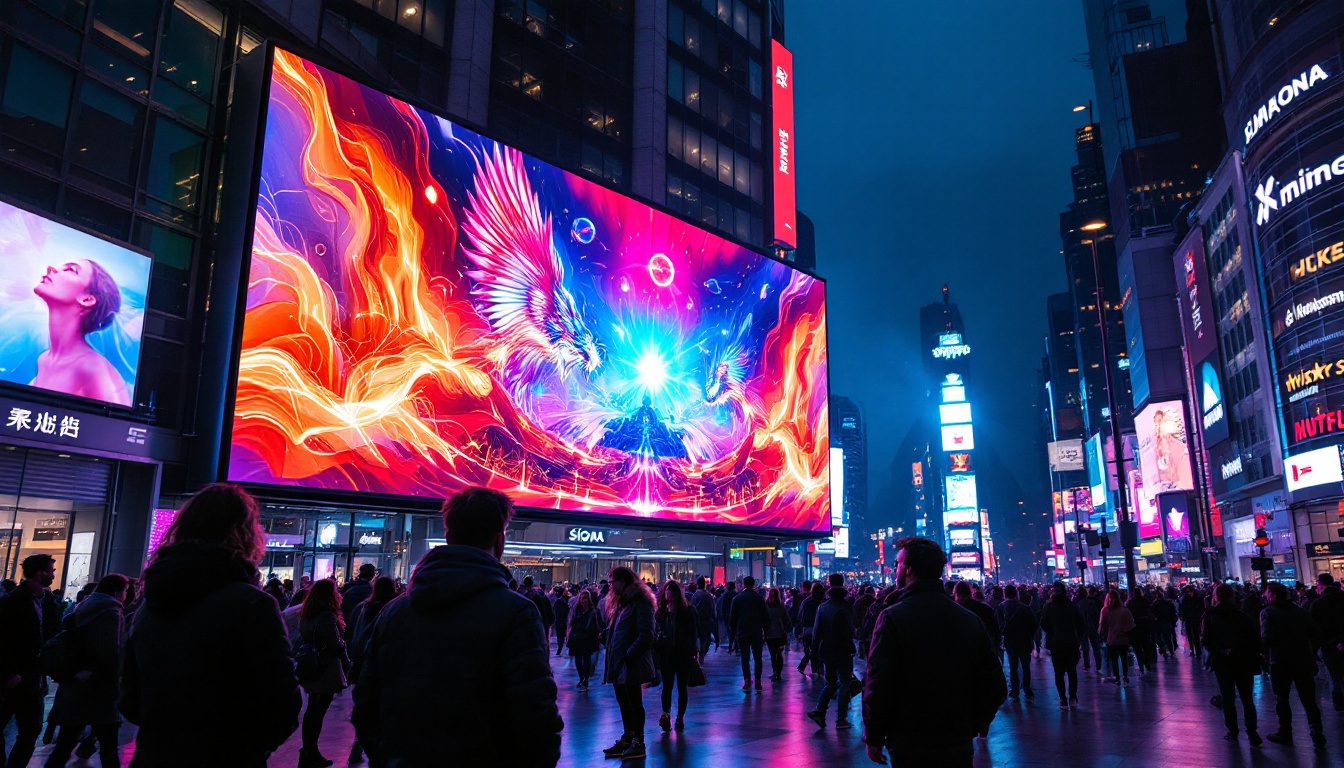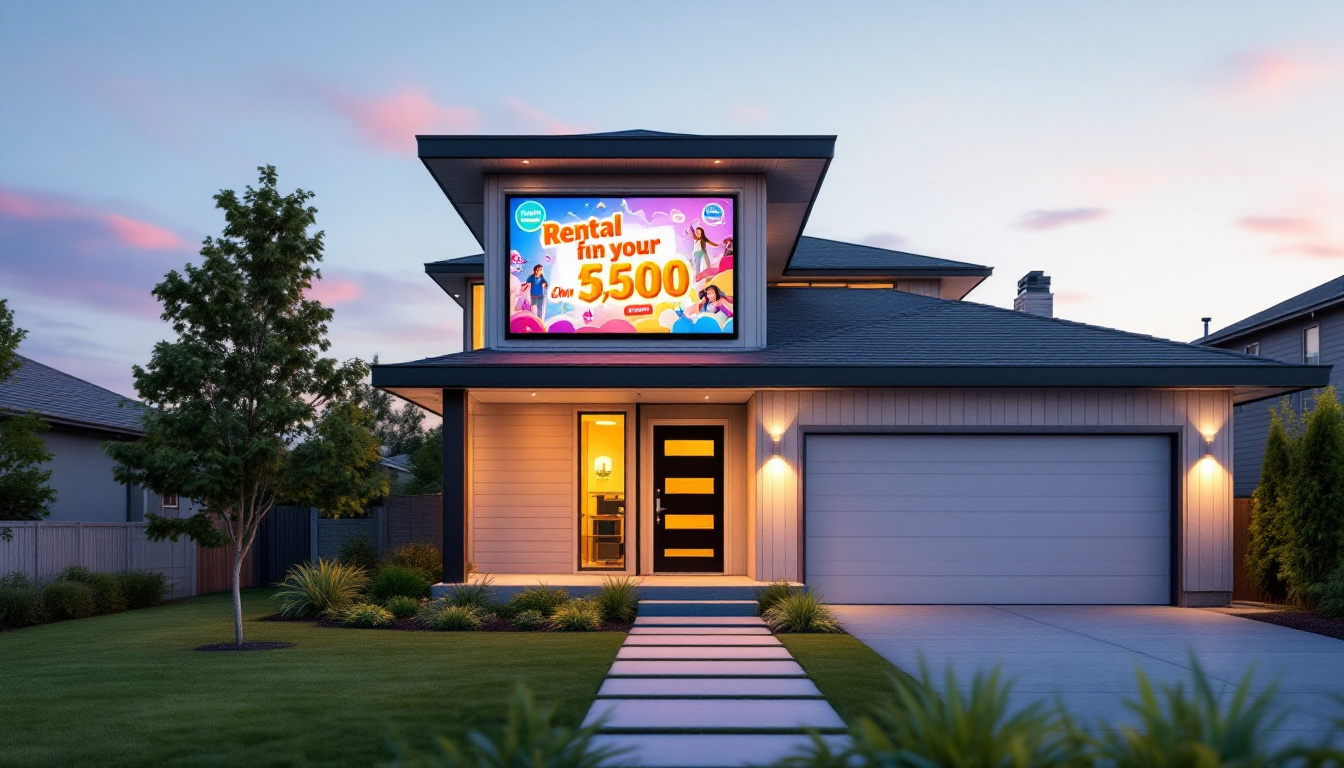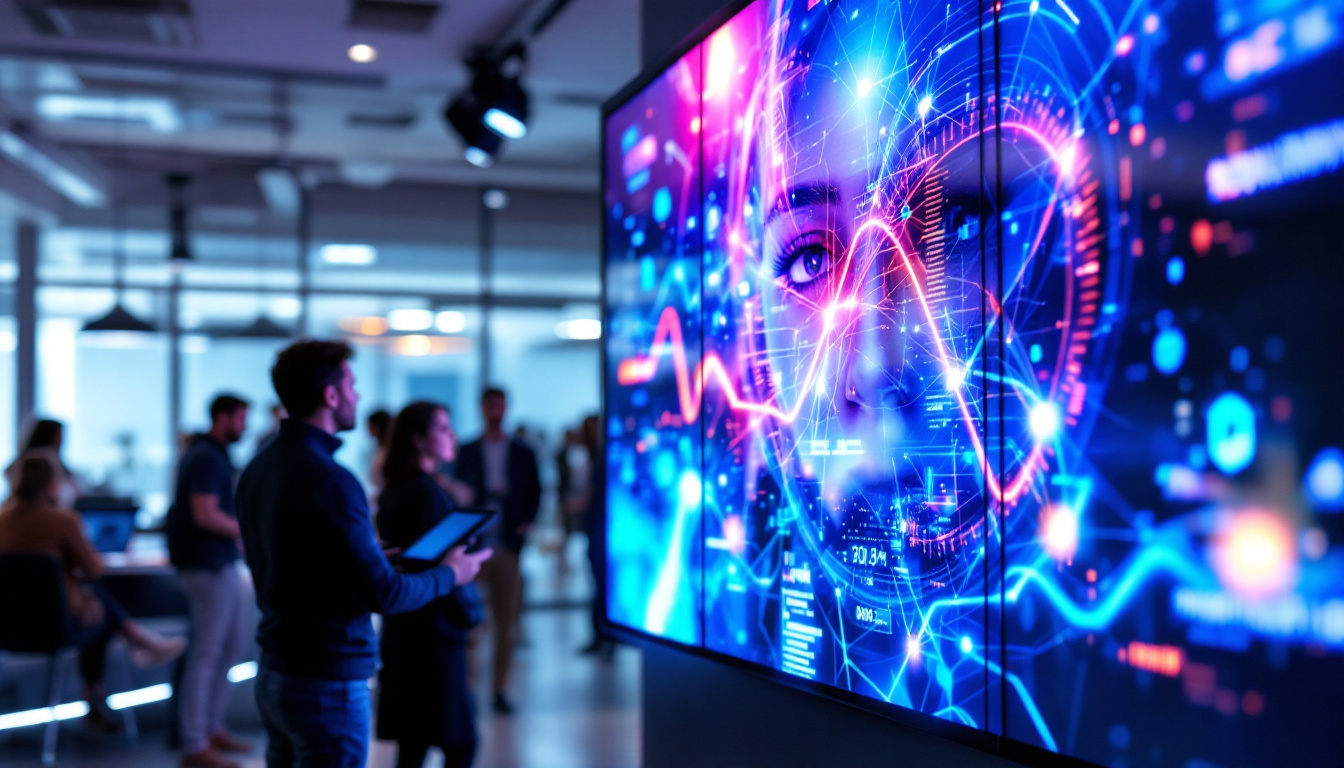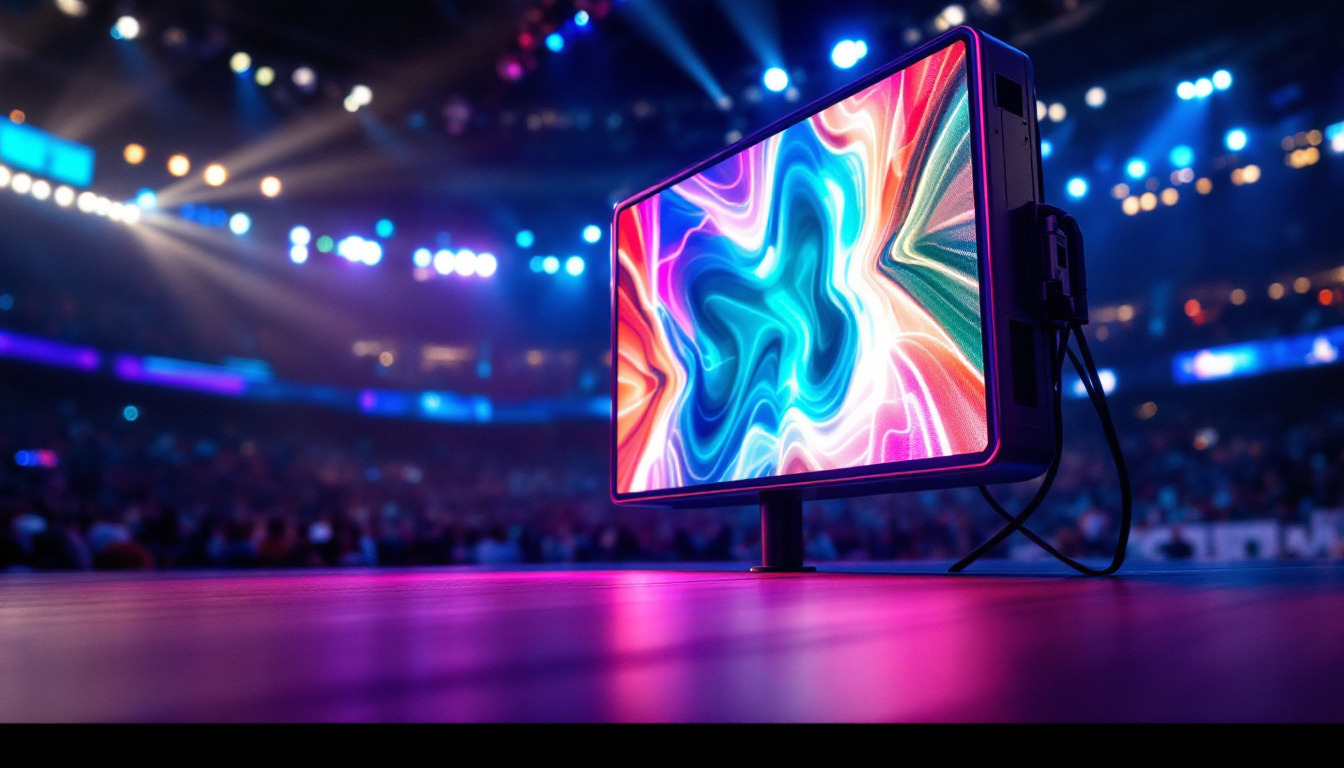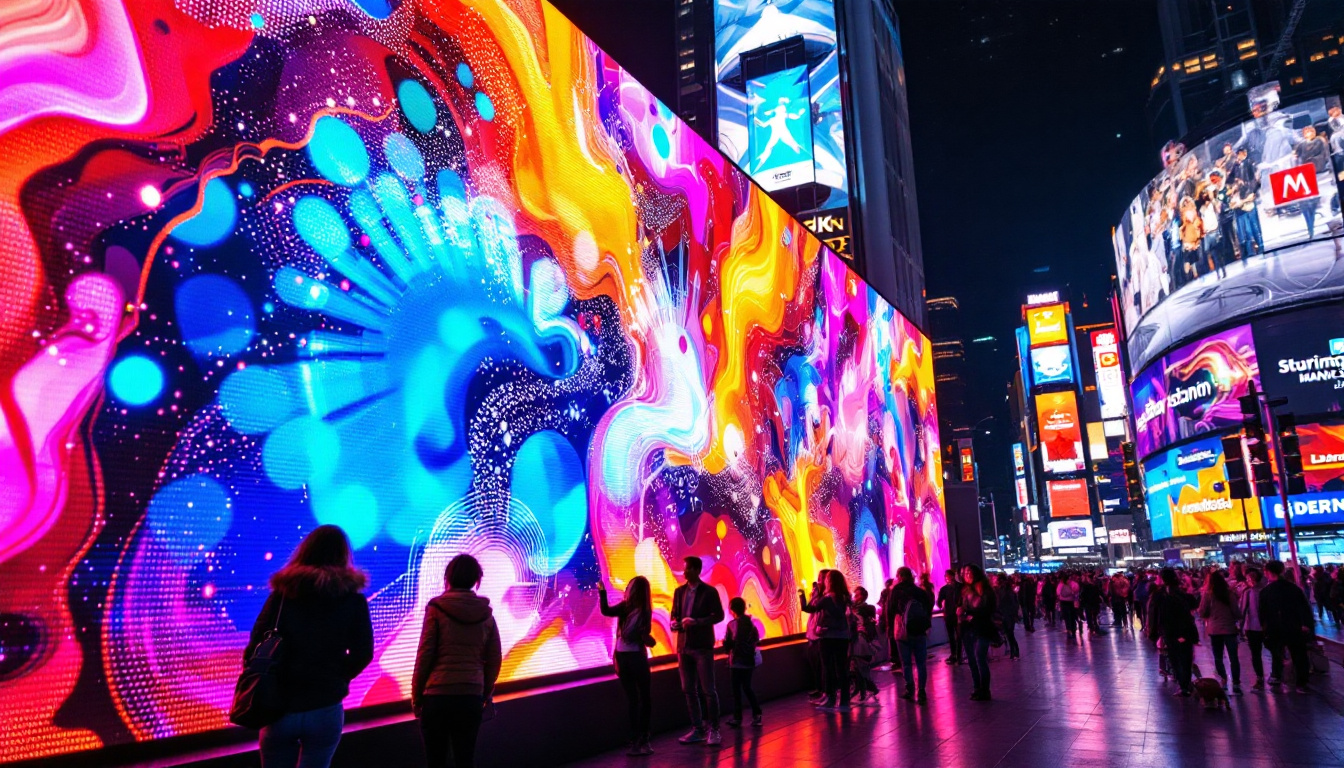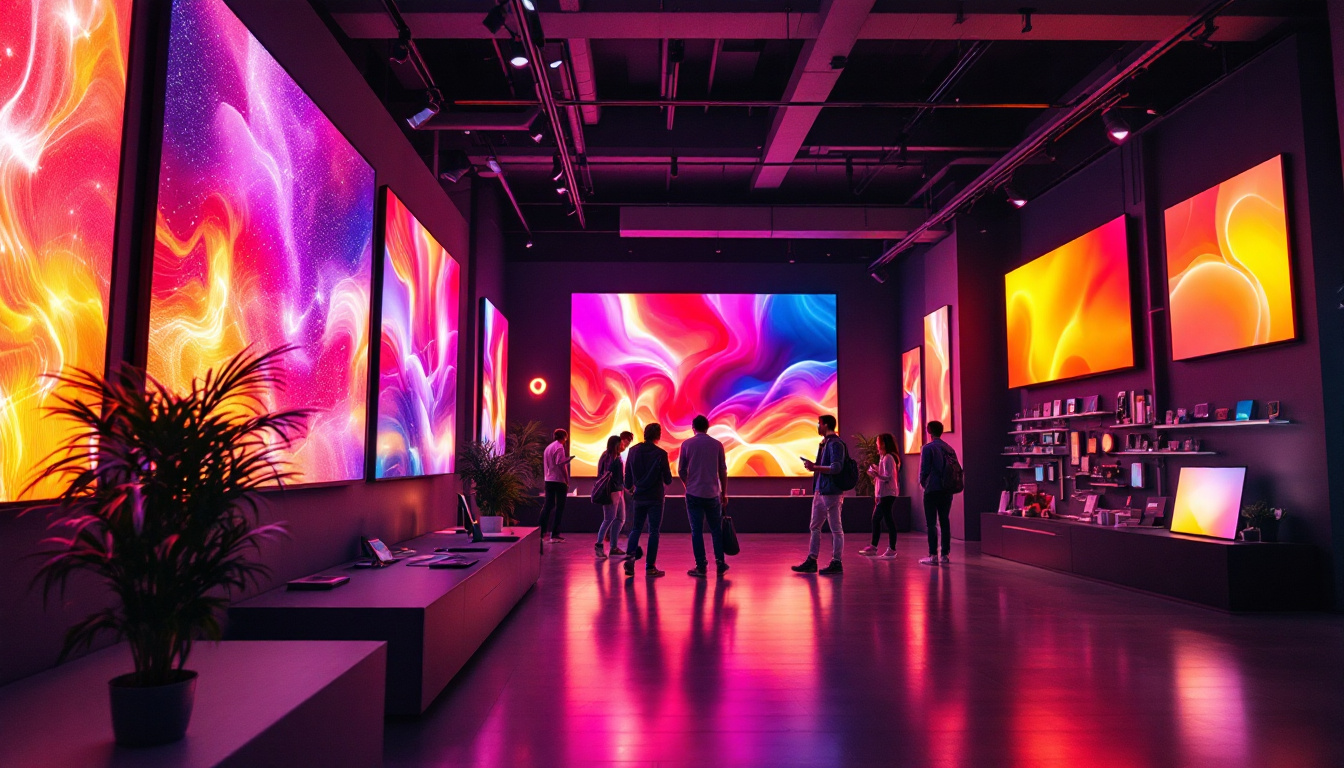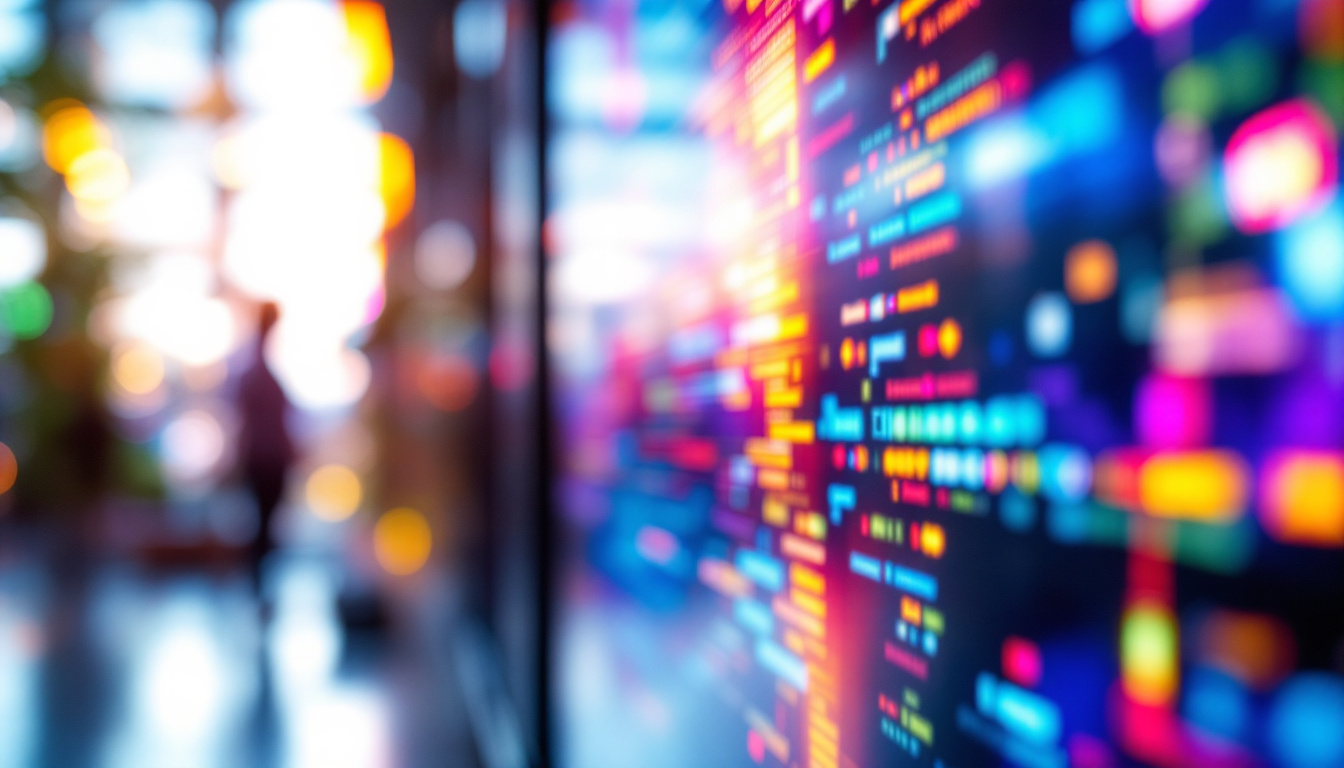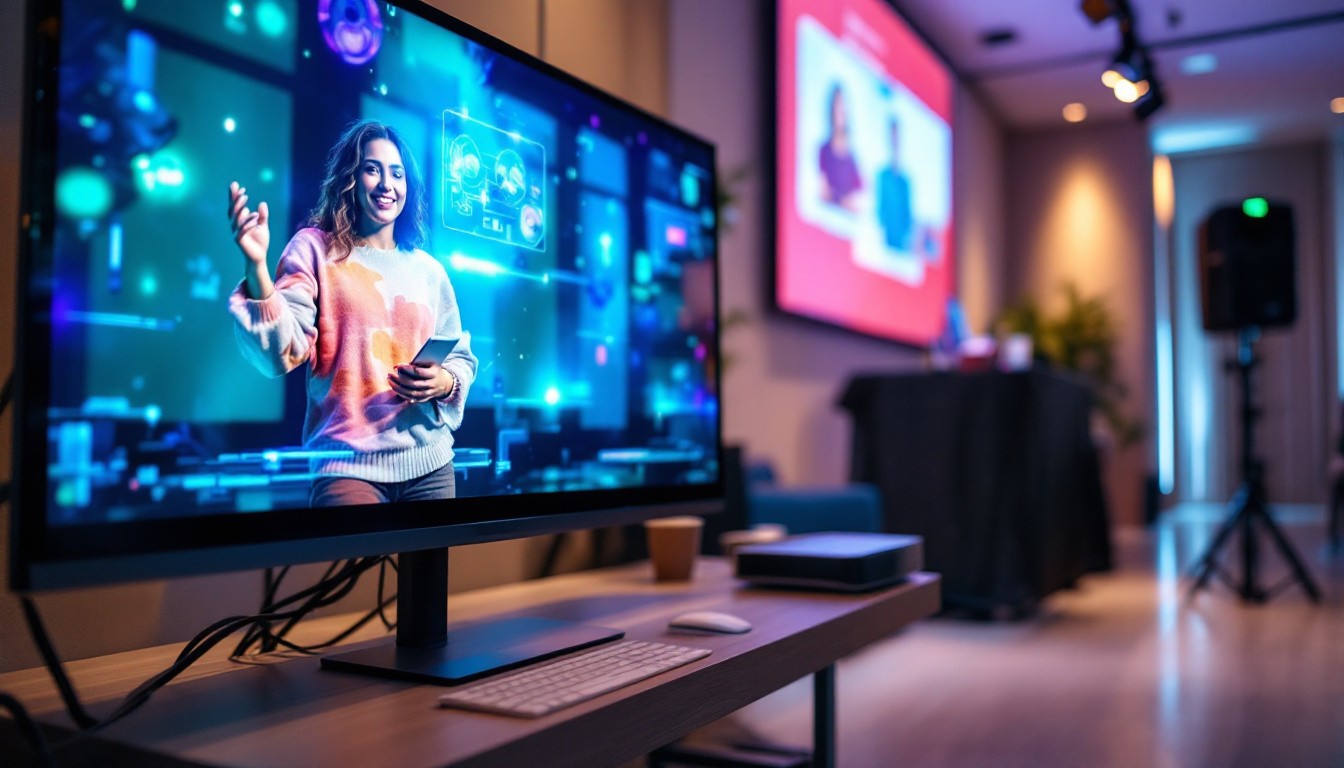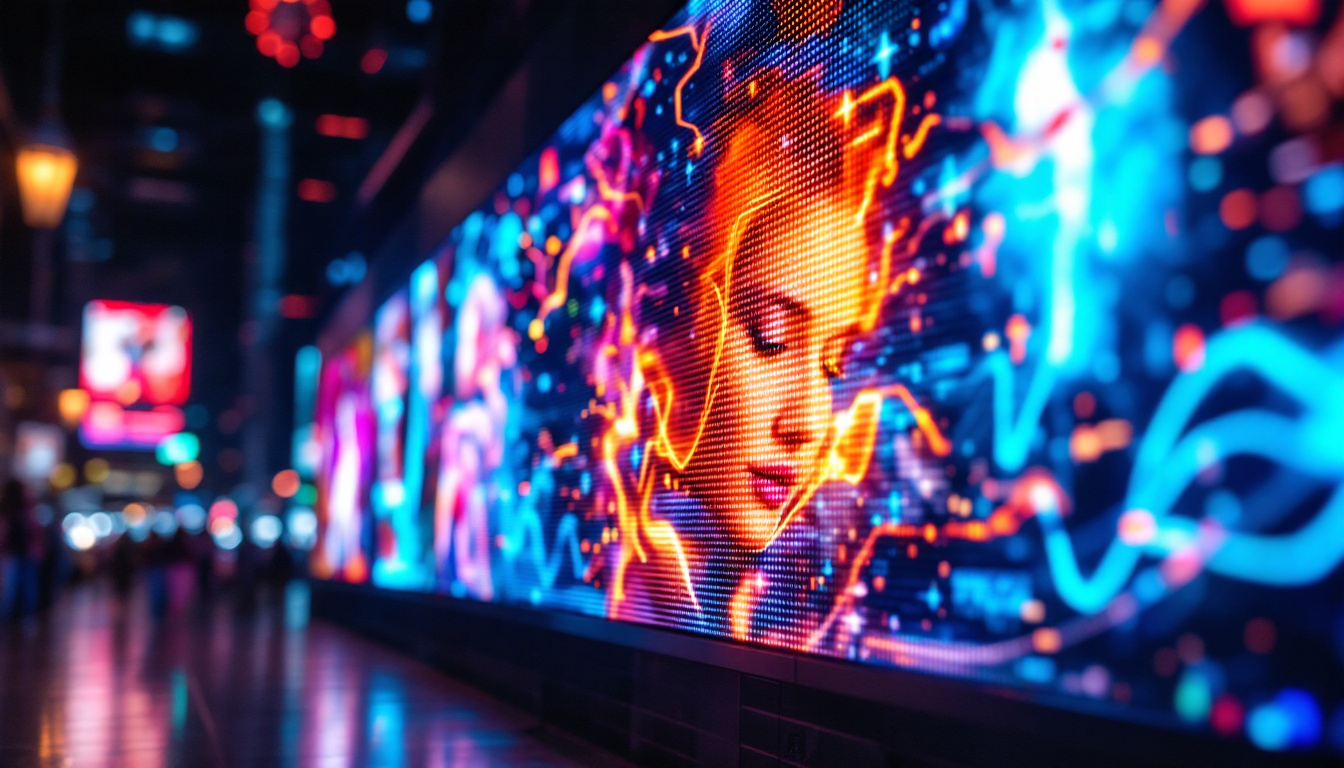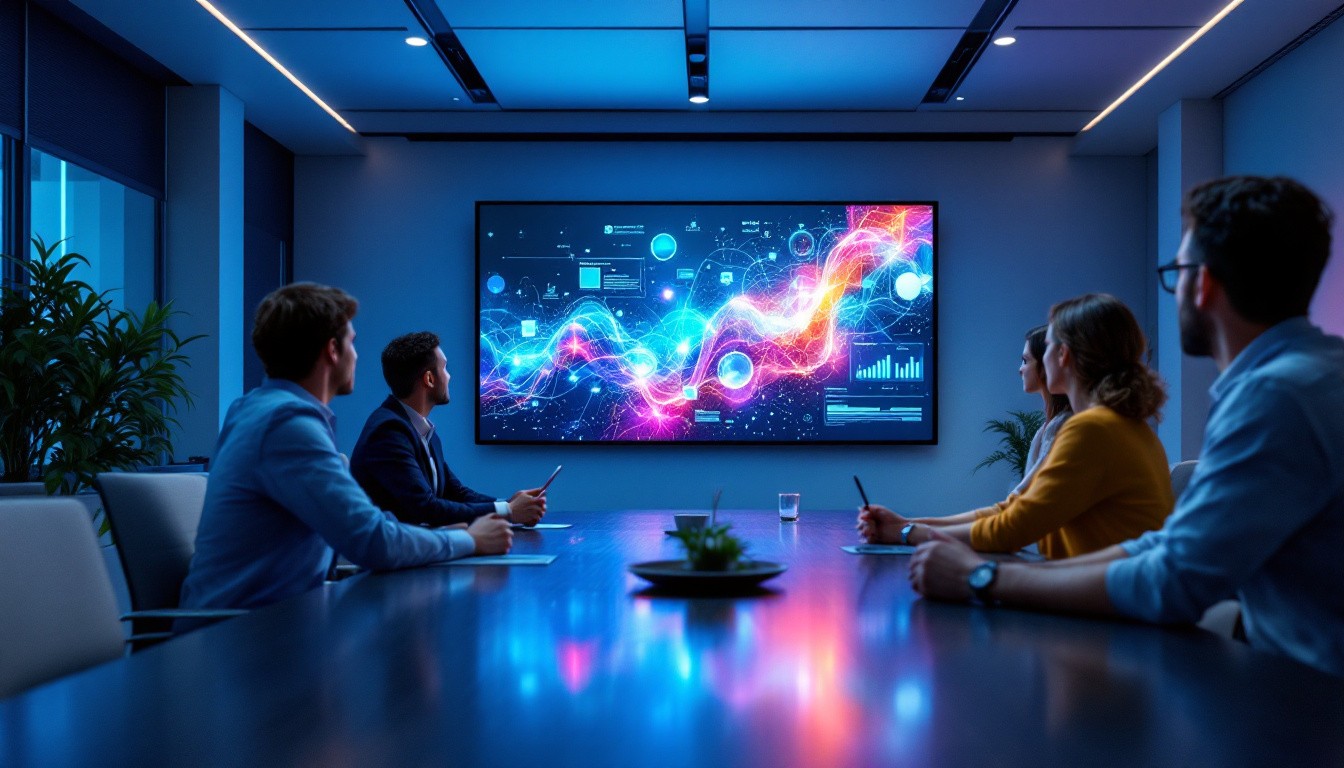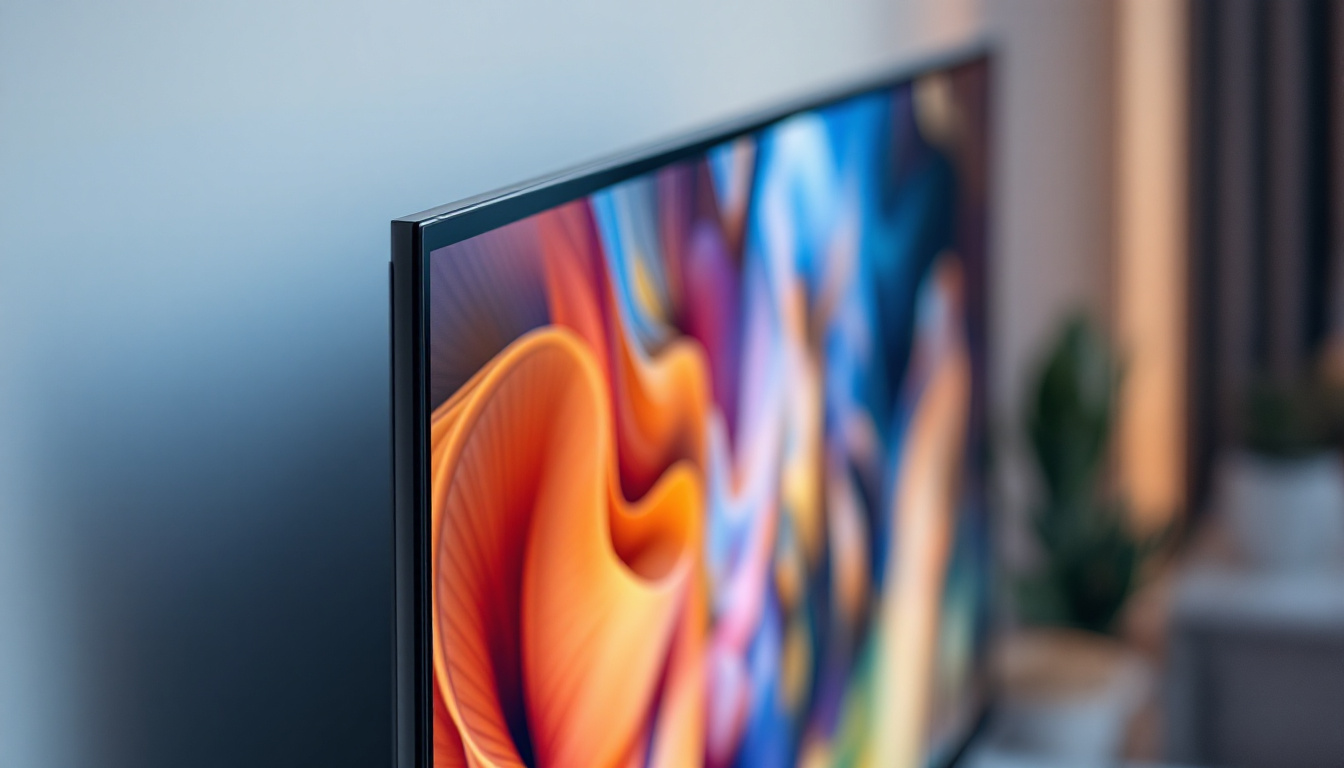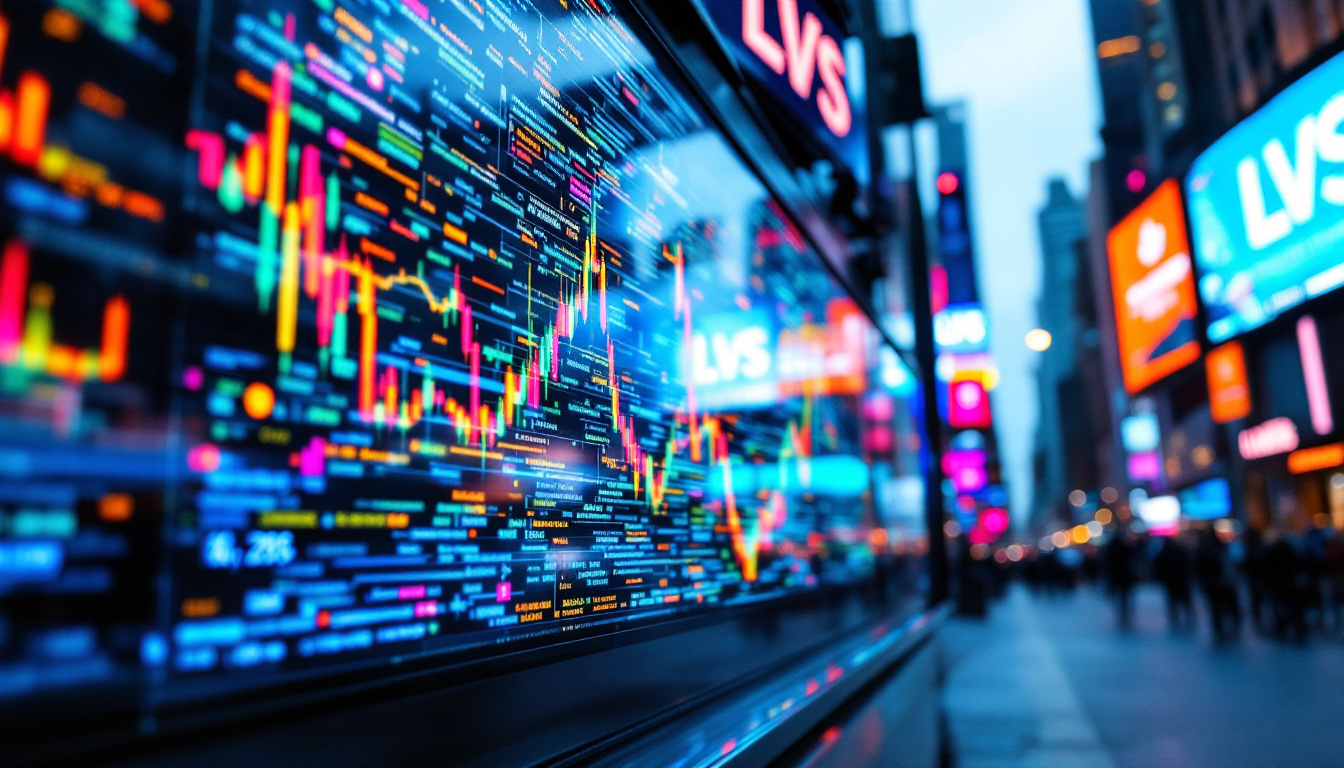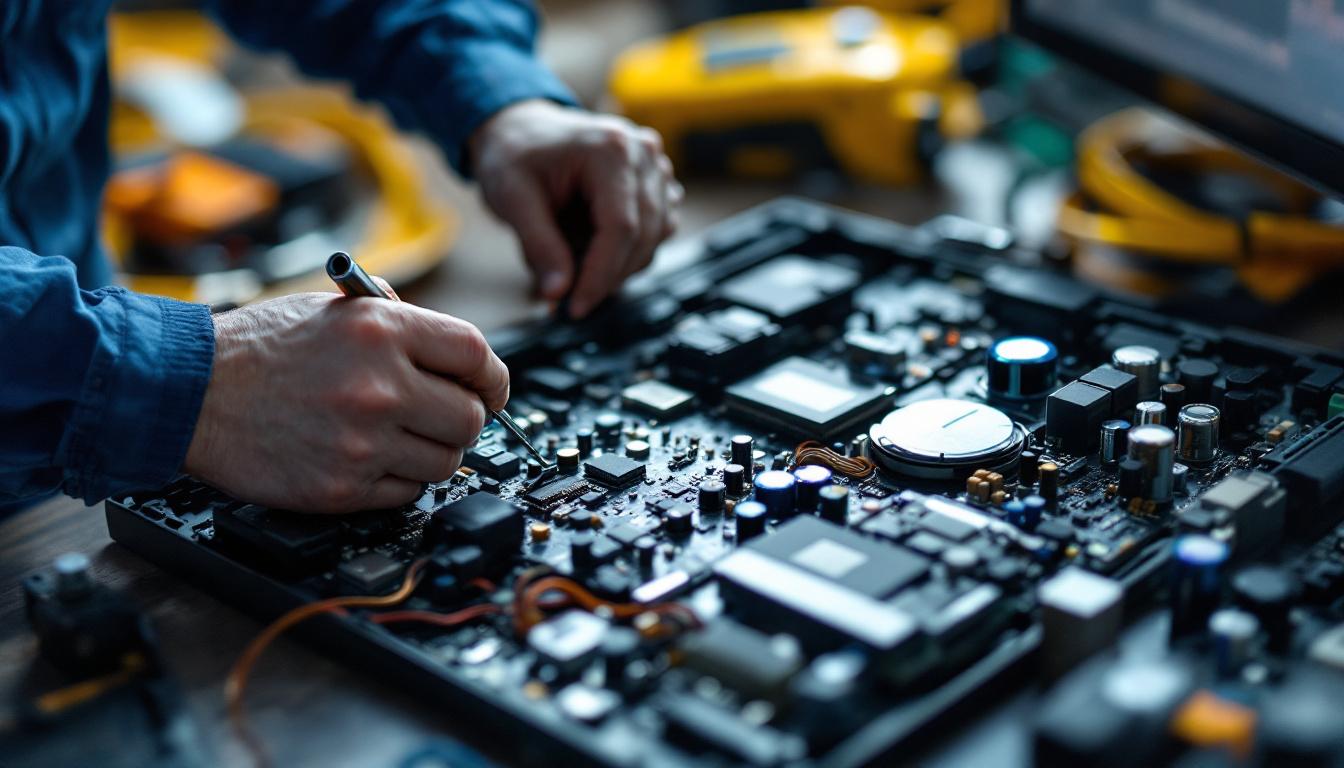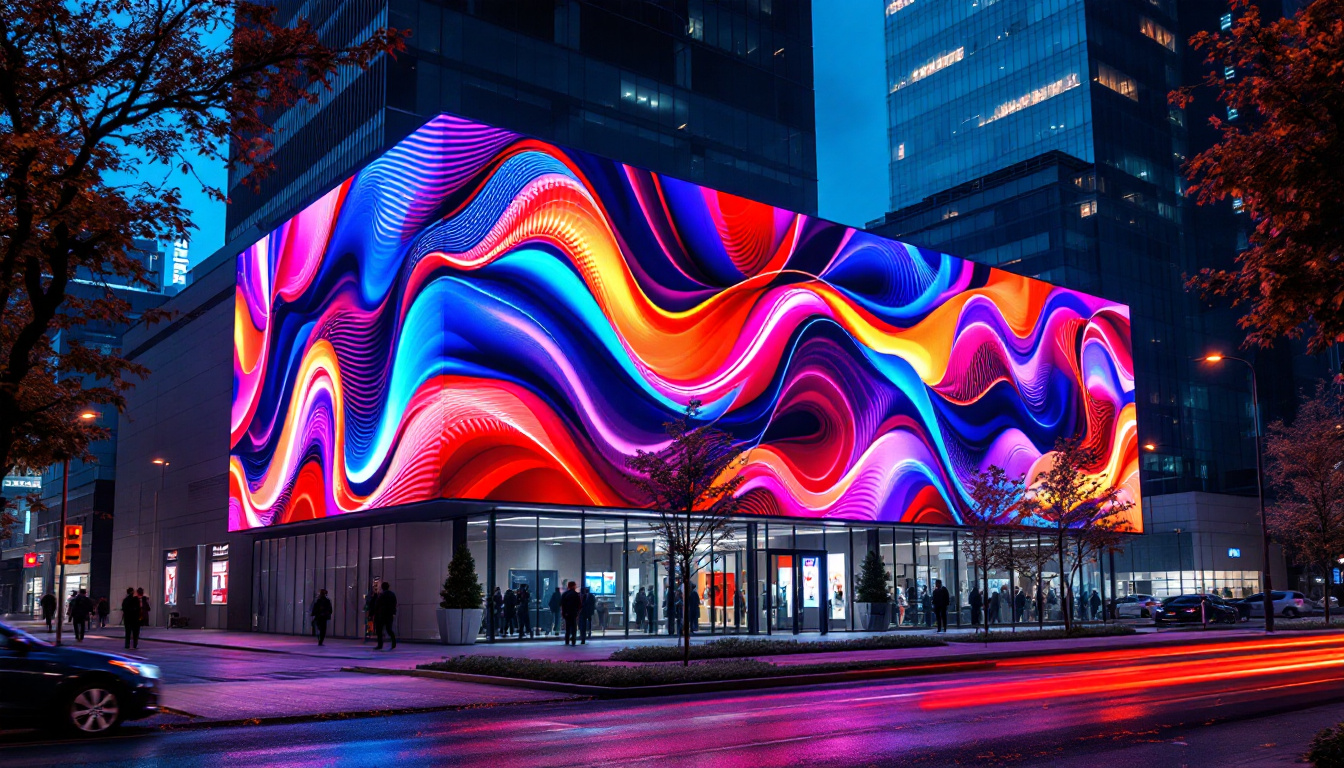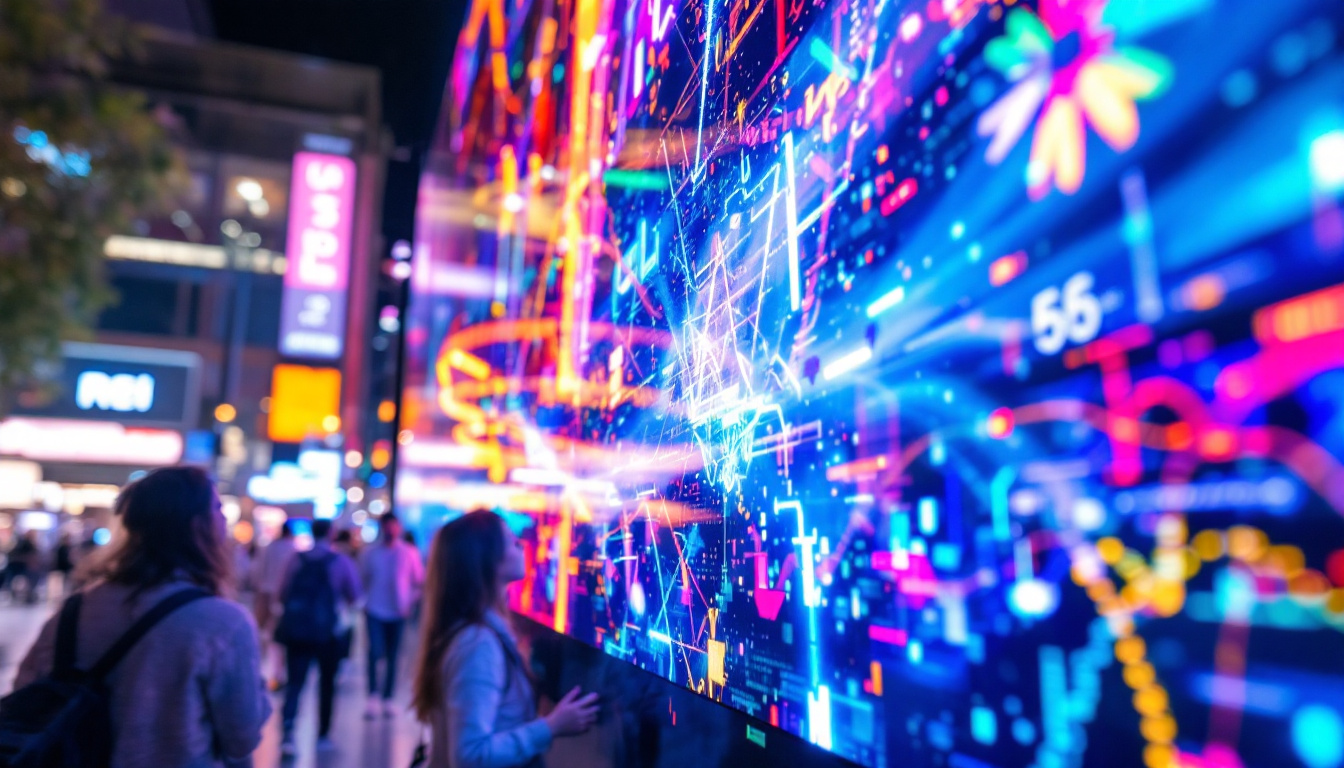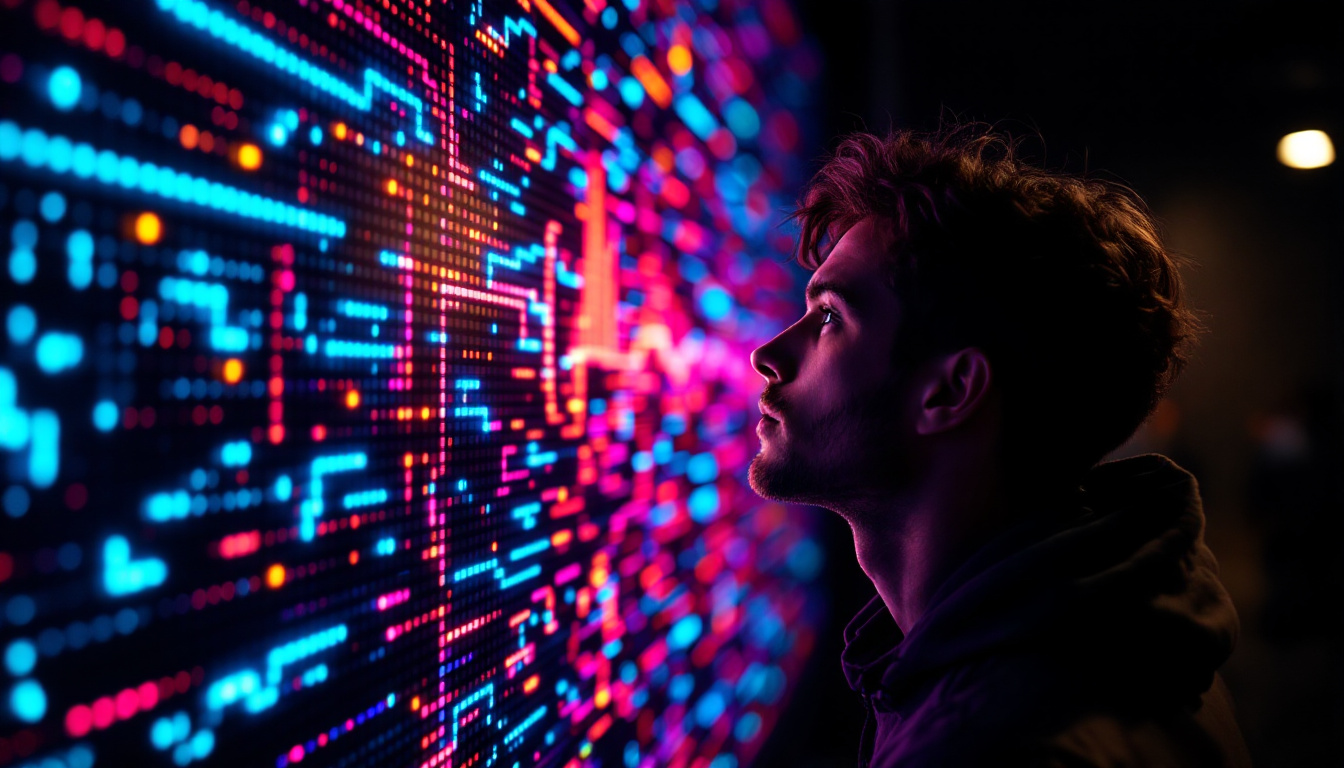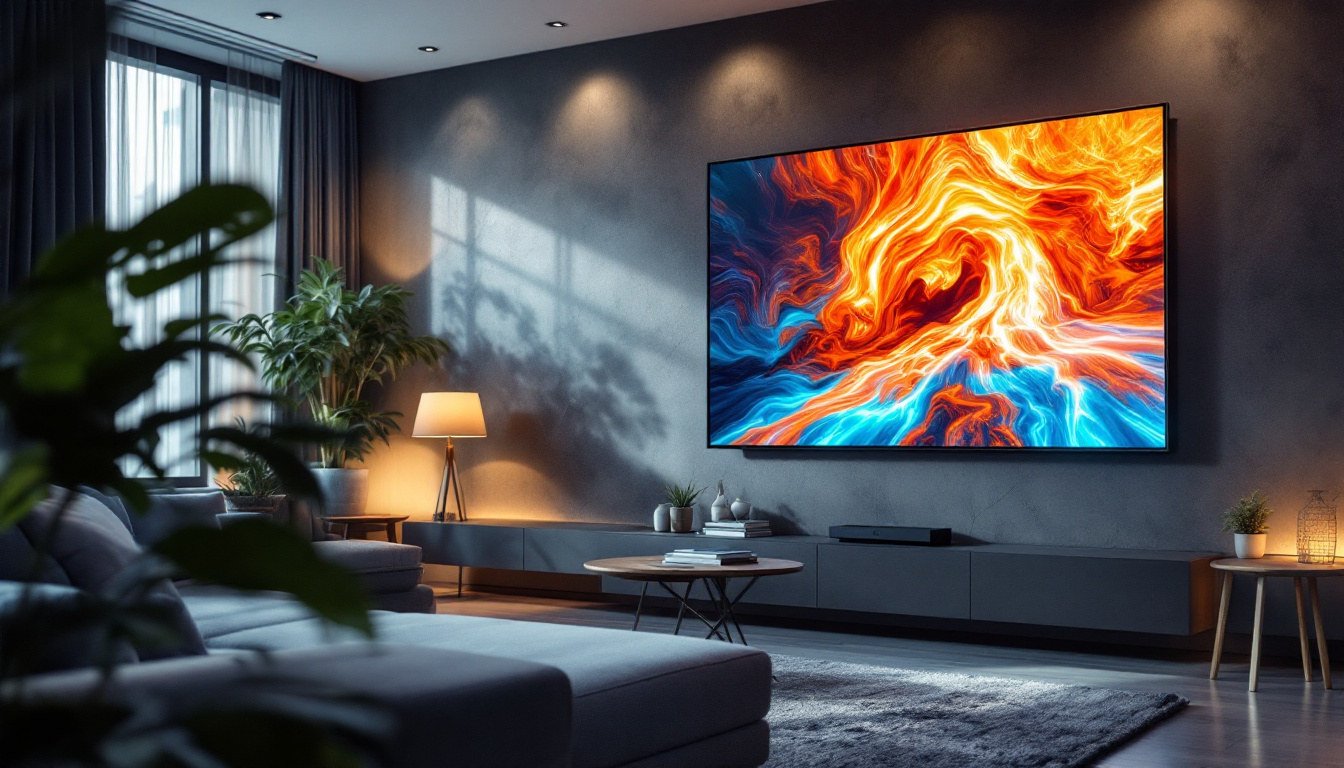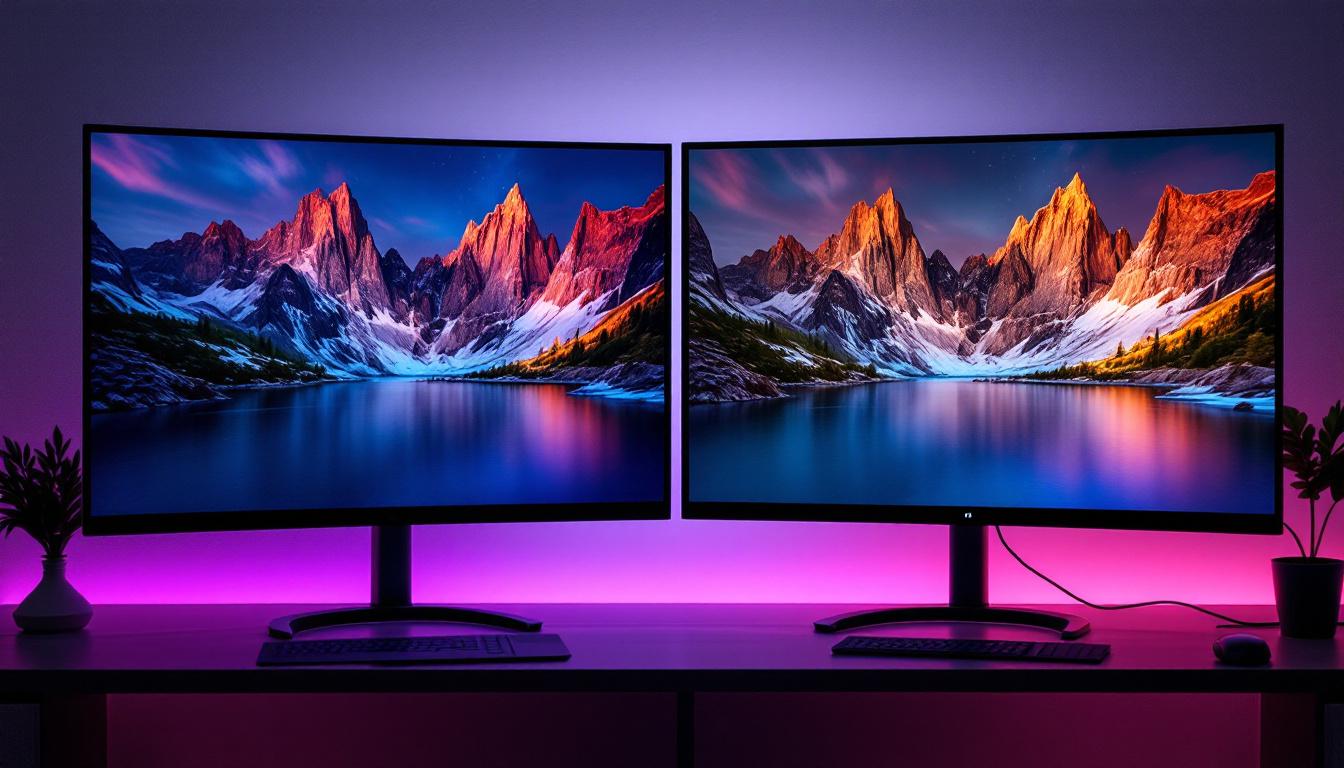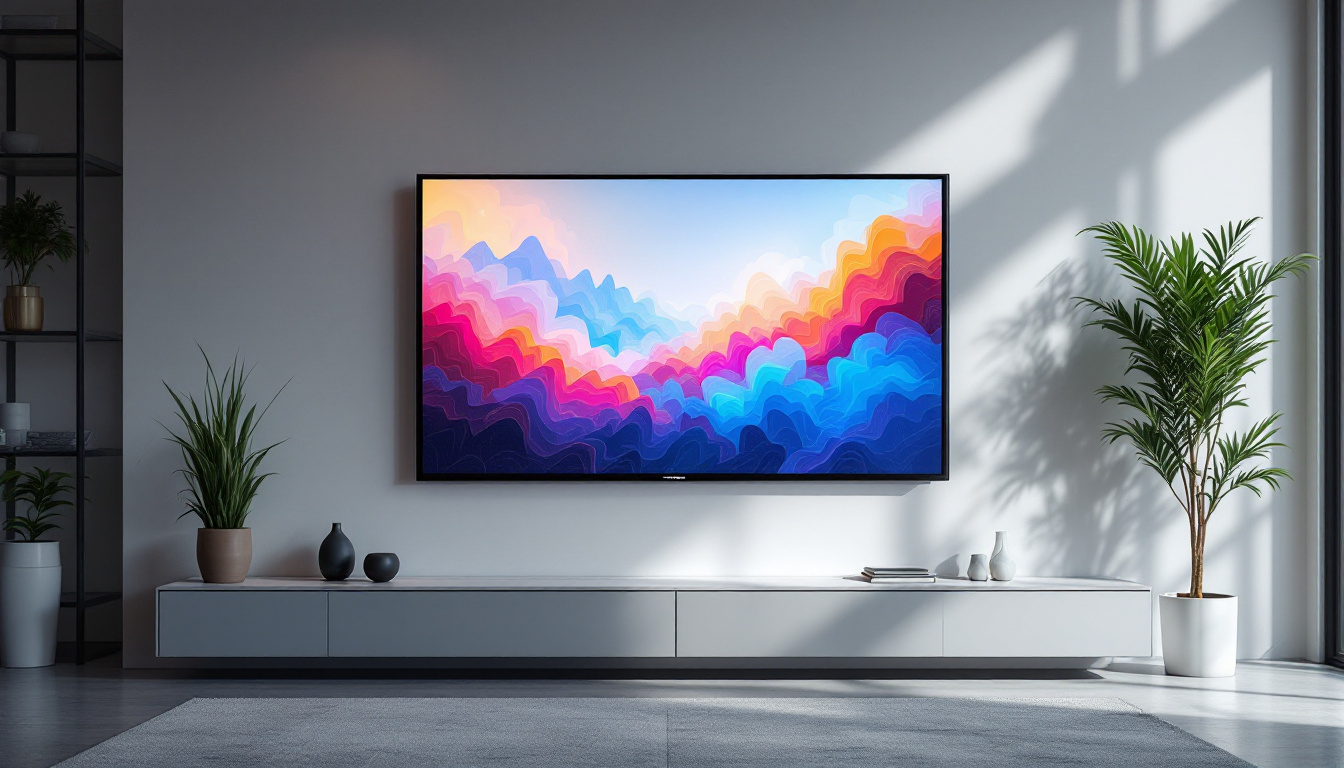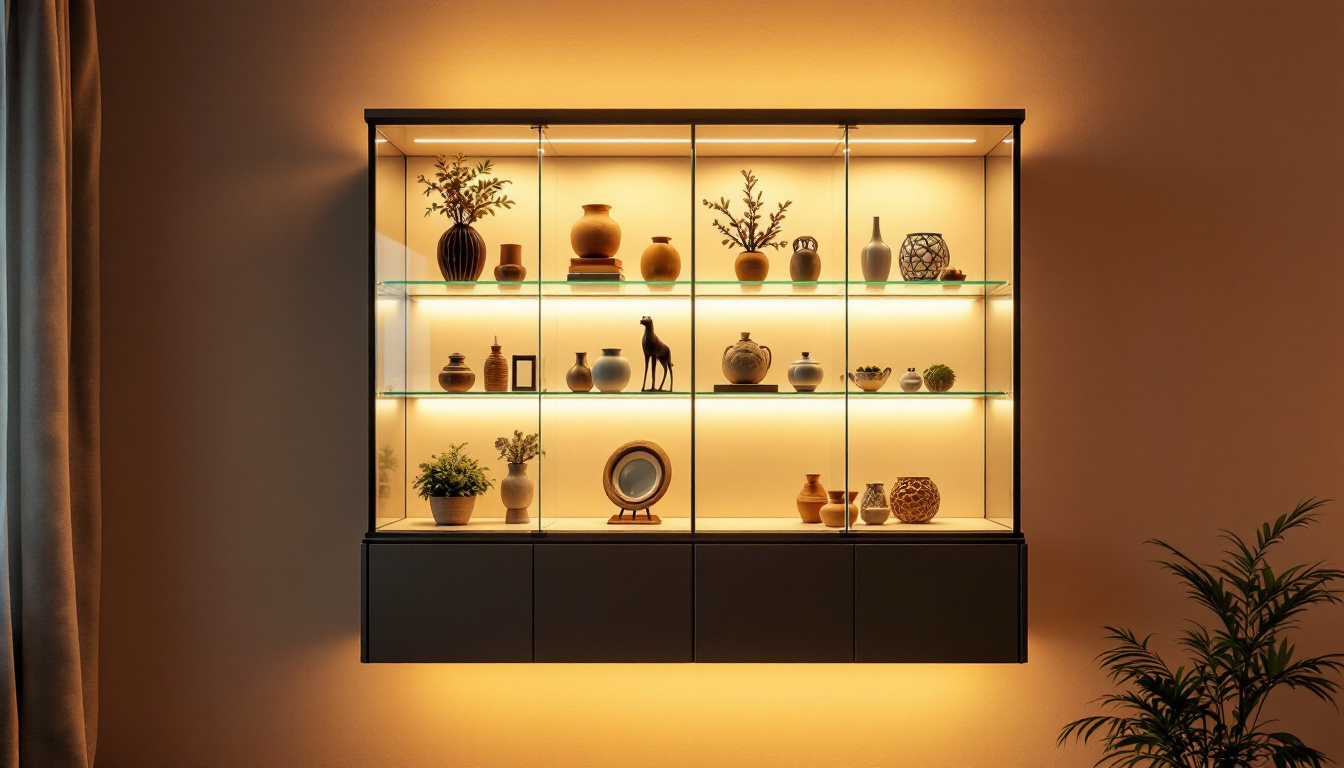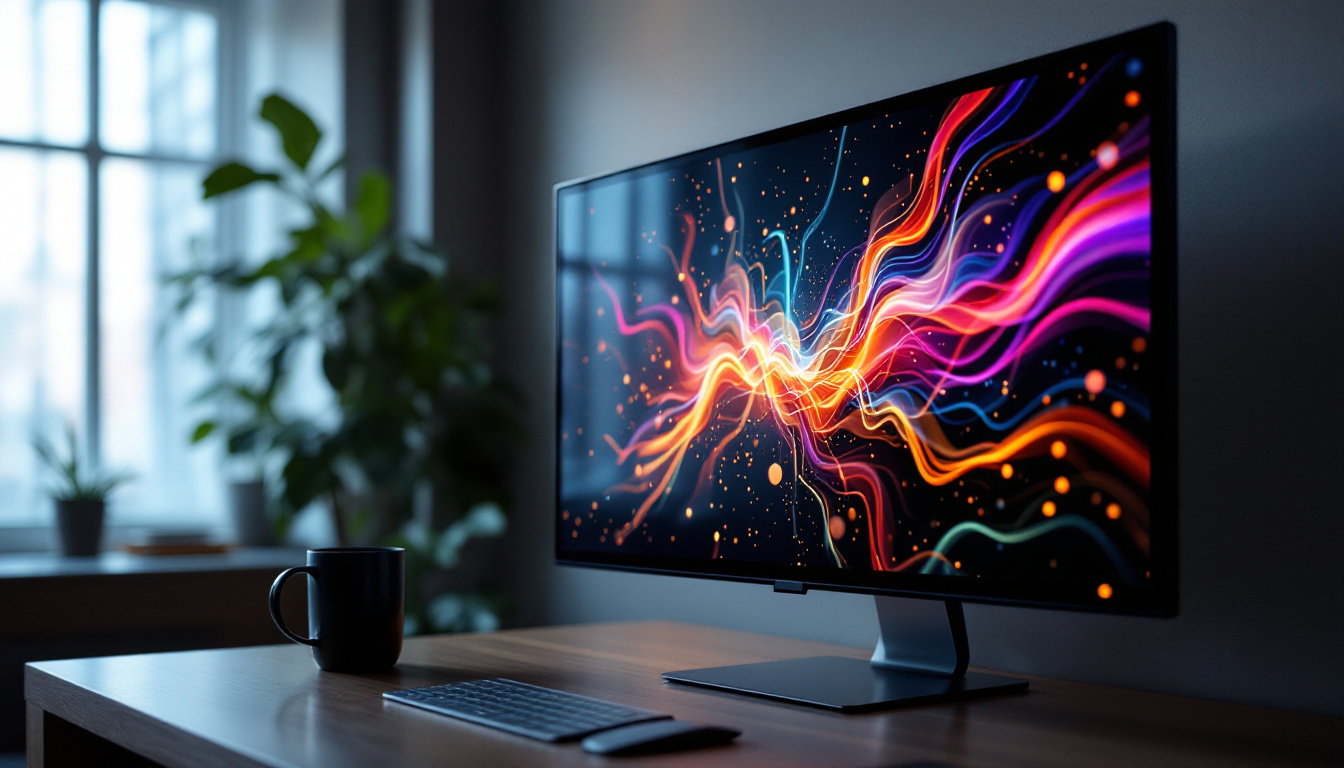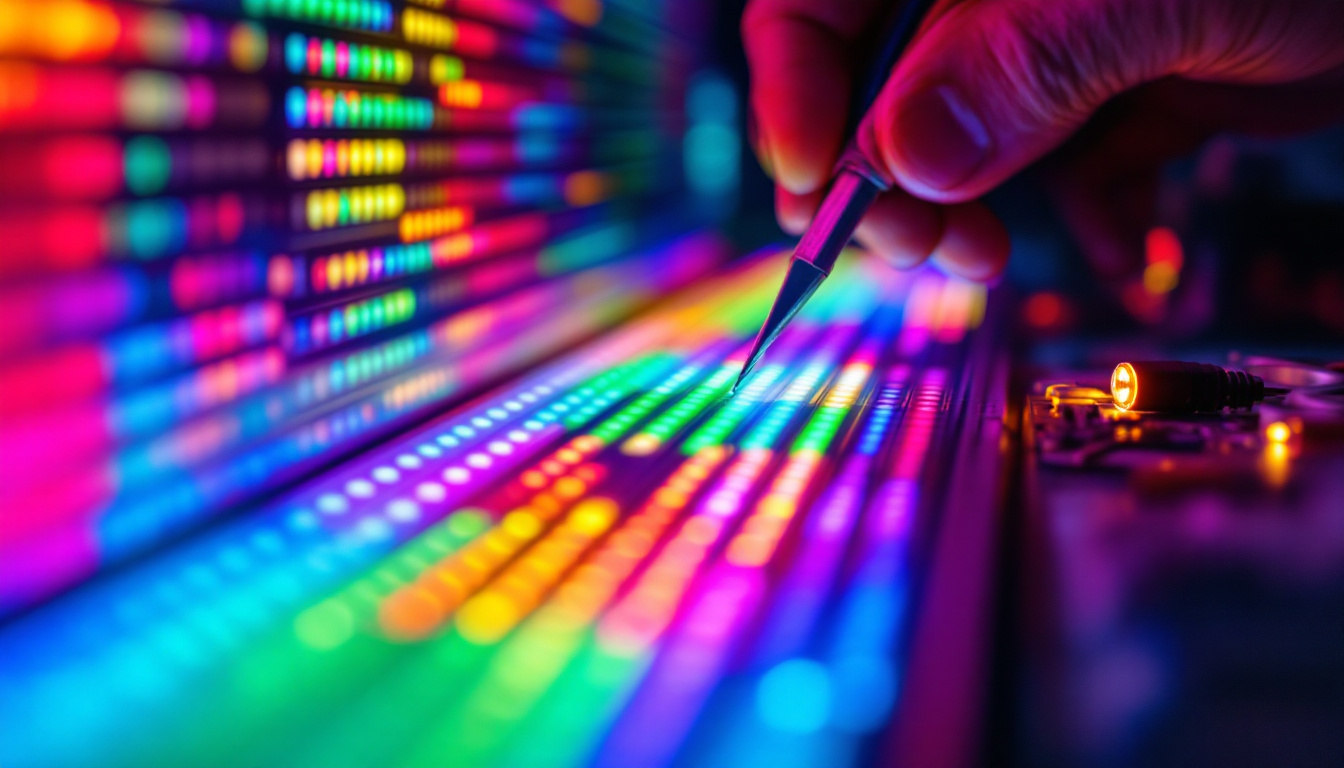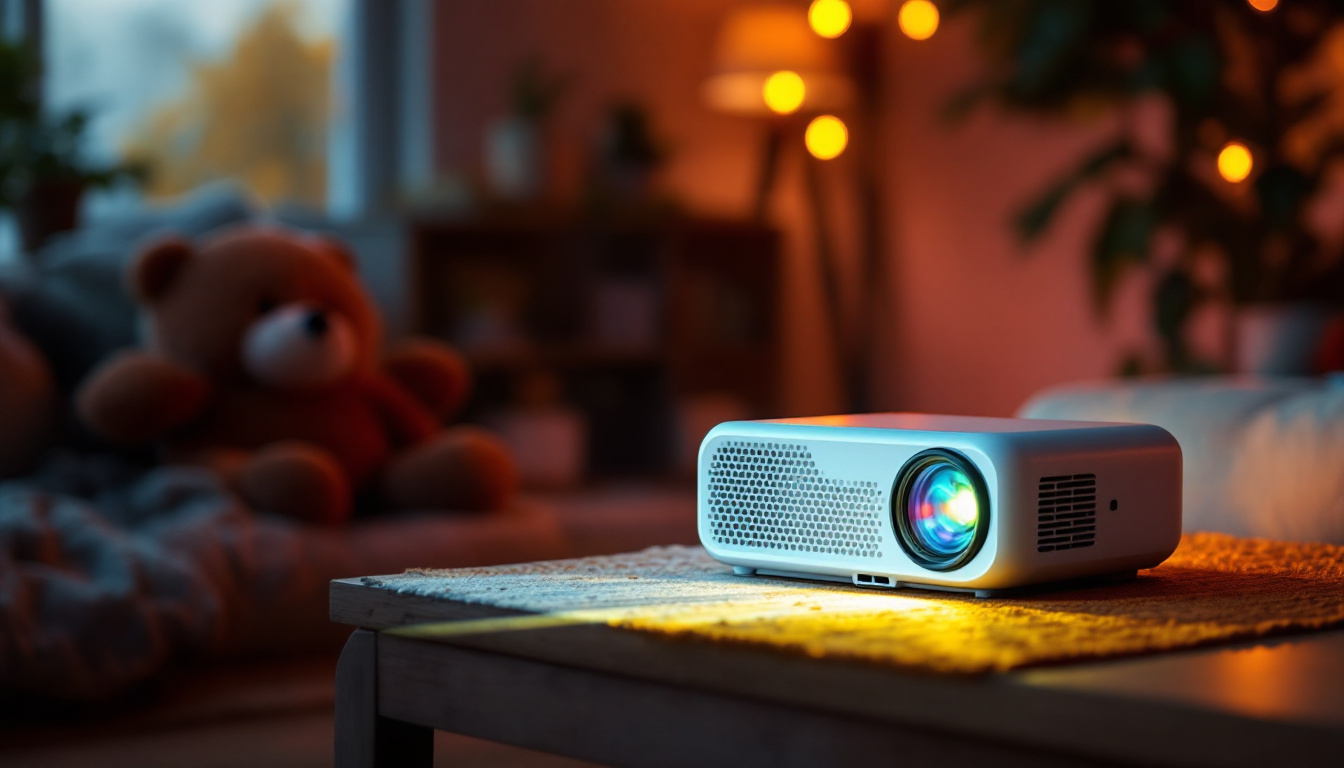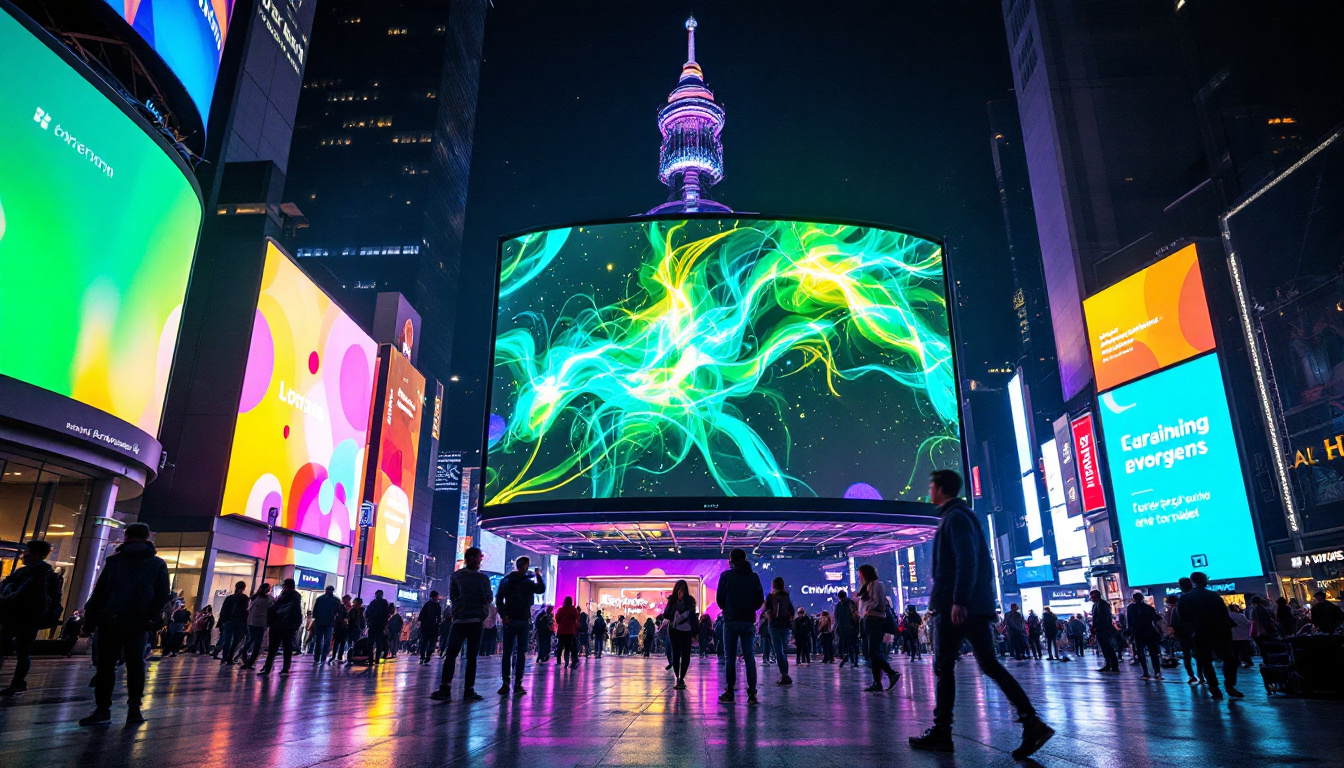The plantar region, often associated with the underside of the foot, plays a crucial role in human biomechanics. However, in the context of modern technology, the term “plantar region” can also refer to innovative LED displays designed for various applications. This article delves into the intricacies of LED displays, their functionality, and their significance in the plantar region, particularly in the realms of health and technology.
Understanding LED Displays
Light Emitting Diodes (LEDs) have revolutionized the display industry by providing bright, energy-efficient, and versatile solutions for a myriad of applications. LED displays are composed of an array of tiny light-emitting diodes that create images and videos through a process of illumination. The technology is not only limited to televisions and smartphones but has also found its way into specialized fields, including medical and fitness applications. As LED technology continues to evolve, we see advancements such as flexible displays and transparent screens, further expanding the potential uses of this innovative technology.
How LED Displays Work
At the core of an LED display is the LED itself, which emits light when an electric current passes through it. These diodes can be arranged in various configurations, allowing for different types of displays, such as monochrome, RGB (red, green, blue), and full-color screens. The combination of these colors enables the creation of a vast spectrum of hues, making LED displays capable of showcasing intricate images and videos. Moreover, the recent development of microLED technology, which utilizes microscopic LEDs, promises even greater efficiency and color accuracy, potentially leading to displays that are thinner and lighter than ever before.
The brightness and clarity of LED displays are influenced by several factors, including the type of LED used, the pixel density, and the display’s resolution. Higher pixel densities result in sharper images, making them ideal for applications that require detailed visuals. Additionally, advancements in LED technology have led to improved energy efficiency and longer lifespans, which are crucial for reducing operational costs in large-scale installations such as stadiums and concert venues.
Applications of LED Displays
LED displays are ubiquitous in today’s world, ranging from advertising billboards to electronic signage in public transport systems. In the medical field, they are increasingly being used for patient monitoring systems and diagnostic equipment. Their bright and clear visuals can convey critical information quickly and effectively, which is essential in high-stakes environments. Furthermore, the integration of LED displays in surgical settings has proven beneficial, allowing for high-definition imagery that aids surgeons in performing intricate procedures with greater precision.
In the fitness industry, LED displays are utilized in various ways, from tracking performance metrics on gym equipment to providing real-time feedback during workouts. This integration of technology not only enhances user experience but also promotes motivation and engagement. Additionally, many fitness centers are now incorporating LED screens into their group classes, displaying workout instructions and progress in real-time, which helps participants stay focused and informed throughout their sessions. The versatility of LED displays also extends to outdoor fitness events, where large screens can broadcast live feeds and updates, creating an immersive experience for both participants and spectators.
The Role of LED Displays in the Plantar Region
When discussing the plantar region in relation to LED displays, it is essential to consider how these technologies can contribute to health and wellness. The plantar region is critical for mobility, and advancements in LED display technology can aid in monitoring and improving foot health.
Foot Health Monitoring
Recent innovations have led to the development of smart insoles equipped with LED displays that can provide real-time feedback on foot pressure and balance. These devices are particularly beneficial for individuals with diabetes or other conditions that affect foot health. By using LED displays, users can visualize pressure points and adjust their posture or gait accordingly, reducing the risk of injury.
Furthermore, these smart insoles can connect to mobile applications, allowing users to track their foot health over time. This data can be invaluable for healthcare professionals in diagnosing and treating foot-related ailments. The integration of LED technology into these insoles not only enhances user experience but also promotes proactive health management, enabling users to take charge of their foot care. As users receive alerts about abnormal pressure levels or potential issues, they can seek timely medical advice, which is crucial for preventing complications associated with chronic conditions.
Rehabilitation and Therapy
LED displays are also making waves in physical therapy and rehabilitation. Devices that utilize LED technology can provide visual cues and feedback during therapy sessions, helping patients understand their movements better. For instance, a physical therapist may use an LED display to show a patient how to perform an exercise correctly, enhancing the effectiveness of the rehabilitation process.
Moreover, some rehabilitation centers are incorporating LED displays into their therapeutic environments to create immersive experiences. This can include visualizations that guide patients through exercises or even virtual reality scenarios that make rehabilitation more engaging and less daunting. The use of LED technology in these settings not only aids in motivation but also helps in cognitive engagement, as patients can see their progress in real-time. Such advancements can significantly enhance the overall therapeutic experience, making it more interactive and tailored to individual needs. Additionally, the ability to customize visual feedback based on each patient’s specific rehabilitation goals can lead to more effective outcomes, as patients are encouraged to push their limits safely and effectively.
Benefits of Using LED Displays in Health Applications
The integration of LED displays in health-related applications offers numerous advantages. From enhancing patient engagement to providing critical data in real-time, these displays are transforming the way healthcare is delivered.
Enhanced Communication
One of the primary benefits of LED displays is their ability to communicate information clearly and effectively. In a clinical setting, this can mean displaying vital signs, treatment plans, or exercise instructions in a way that is easy for patients to understand. This clarity can significantly improve patient outcomes, as individuals are better equipped to follow their treatment regimens.
Additionally, LED displays can facilitate communication between healthcare providers. By using shared screens, professionals can collaborate more effectively, ensuring that all team members are on the same page regarding a patient’s care.
Energy Efficiency and Longevity
LED displays are known for their energy efficiency, consuming significantly less power than traditional display technologies. This is particularly beneficial in healthcare settings where devices are often in use for extended periods. The longevity of LED displays also means reduced maintenance costs and less frequent replacements, making them a cost-effective solution for medical facilities.
Moreover, the durability of LED technology ensures that displays can withstand the rigors of a clinical environment, providing reliable performance over time.
Future Trends in LED Display Technology
The future of LED display technology is promising, with ongoing research and development leading to innovative applications across various fields. In the context of health and wellness, several trends are emerging that could further enhance the role of LED displays in the plantar region.
Integration with Wearable Technology
As wearable technology continues to evolve, the integration of LED displays into smart footwear is becoming more feasible. Imagine shoes equipped with LED screens that provide real-time feedback on foot health, posture, and performance metrics. This level of integration could revolutionize how individuals monitor their health and fitness.
Such advancements would not only benefit athletes looking to optimize their performance but also individuals with chronic conditions who require constant monitoring of their foot health.
Augmented Reality and Interactive Displays
Augmented reality (AR) is another exciting frontier for LED display technology. By combining AR with LED displays, healthcare providers could create interactive experiences that enhance patient education and engagement. For example, a patient could see a 3D model of their foot on an LED display, allowing them to visualize how certain conditions affect their anatomy.
This interactive approach could lead to better understanding and compliance with treatment plans, ultimately improving health outcomes.
Challenges and Considerations
Despite the numerous benefits of LED displays, there are challenges and considerations that need to be addressed. Understanding these factors is essential for maximizing the potential of this technology in health applications.
Cost Implications
While LED displays are becoming more affordable, the initial investment can still be significant, particularly for healthcare facilities with tight budgets. It is crucial for decision-makers to weigh the costs against the potential benefits, considering long-term savings from energy efficiency and reduced maintenance.
Additionally, the integration of advanced technologies may require training for staff, which can further add to the initial costs. However, the long-term advantages often justify the upfront investment.
Data Privacy and Security
As with any technology that collects and displays personal health data, privacy and security are paramount concerns. Healthcare providers must ensure that any LED display systems used in conjunction with patient data comply with regulations and best practices for data protection.
Implementing robust security measures, including encryption and secure access protocols, is essential to safeguard sensitive information and maintain patient trust.
Conclusion
LED displays have emerged as a transformative technology in various fields, particularly in health and wellness applications related to the plantar region. Their ability to provide clear, real-time feedback can significantly enhance patient care, rehabilitation, and overall foot health.
As advancements in LED technology continue to evolve, the potential applications in healthcare will only expand, paving the way for innovative solutions that improve patient outcomes and enhance the overall experience. By addressing the challenges and leveraging the benefits of LED displays, healthcare providers can take significant strides toward a more efficient and effective healthcare system.
In summary, the intersection of LED display technology and the plantar region represents a promising frontier in health innovation, offering exciting possibilities for the future of patient care and wellness.
Discover the Future of Foot Health with LumenMatrix
As we embrace the innovative intersection of LED display technology and plantar health, LumenMatrix stands at the forefront, offering advanced LED display modules tailored to a wide range of applications. From enhancing patient rehabilitation to providing dynamic visual communication, our solutions—including Indoor and Outdoor LED Wall Displays, Vehicle LED Displays, and specialized Floor LED Displays—are designed to meet the diverse needs of the healthcare industry. Experience how LumenMatrix is revolutionizing foot health monitoring and therapy with our cutting-edge LED technology. Check out LumenMatrix LED Display Solutions today and step into a world where clarity, engagement, and innovation lead the way to better health outcomes.

